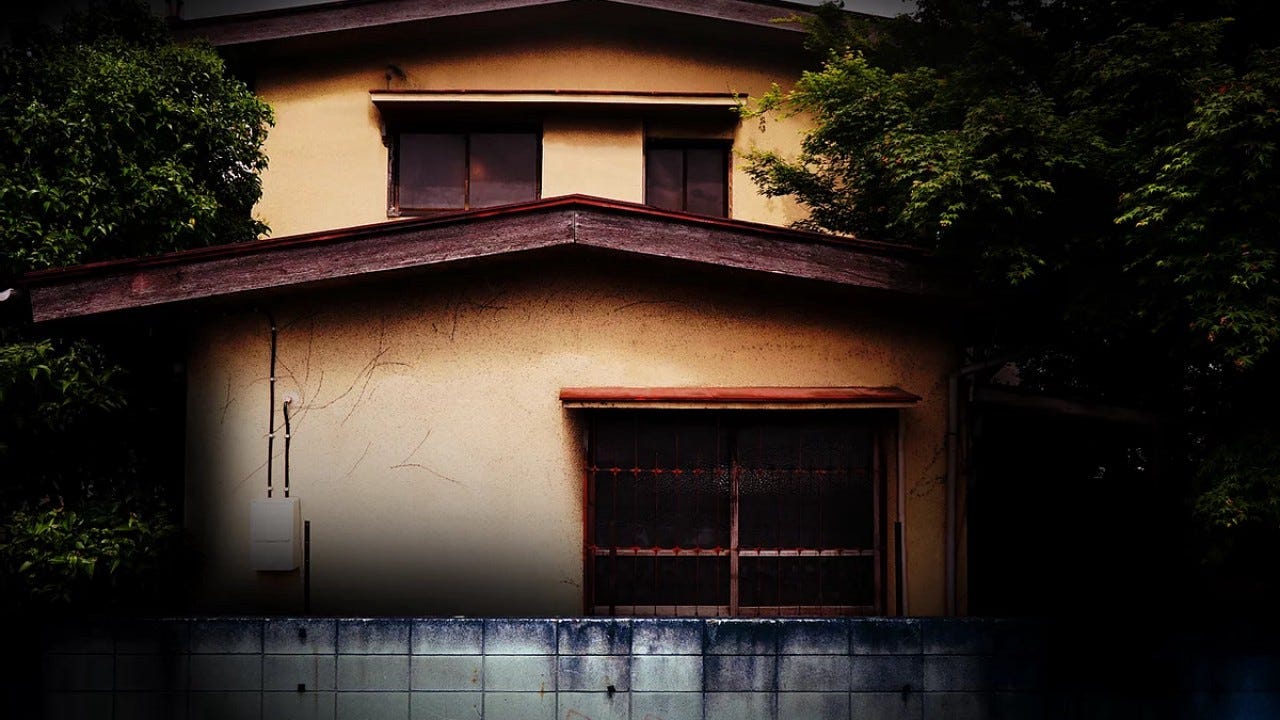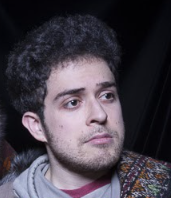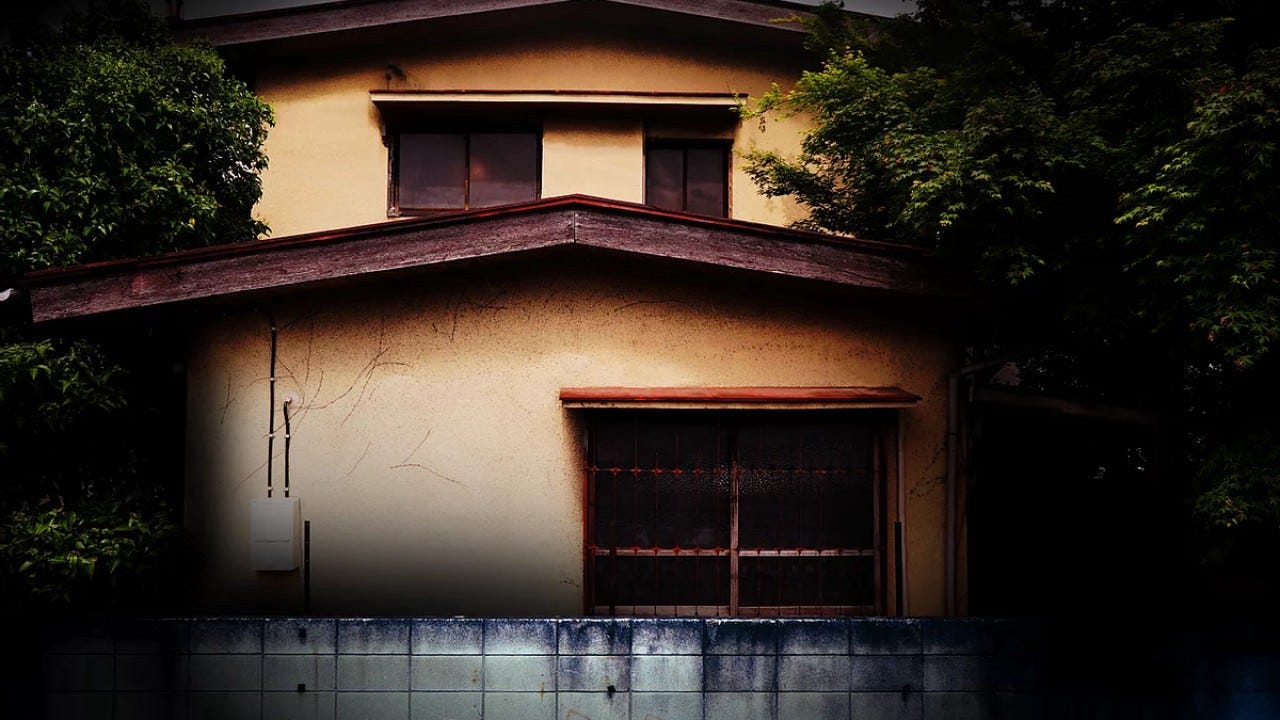
Having spent a semester in Tokyo, friends on vacation often ask me what the best amusement park in Japan is. The answer is easy, it’s Disney Sea, a masterpiece of design up there with Tivoli Gardens. But is it the most uniquely Japanese theme park? Absolutely not. The scale and control enforced on Disney Sea by its corporate ties make the intimacy and whimsy of a Japanese theme park impossible. For that, you want to look towards attractions like Odaiba’s SEGA Joypolis, with its cavernous plastic forests that read your fortune and spinning rhythm game roller coasters, or Tokyo Dome City in Bunkyo Ward (my hometown while I lived in Tokyo), with its karaoke booth ferris wheel and haunted house where you run barefoot while attemping to tie a rope around a ghost’s ankle.
For those of us not travelling during this global pandemic, a uniquely Japanese horror experience comes to us in the form of if MUSEBIYA, the latest by Obaken.
What sets these attractions apart from more traditional Western haunts and attractions is something that immersive theatre and LARP lovers have long embraced; the mission. It may be tempting to view if MUSEBIYA through the lens of an escape room; after all, you’re attempting to solve puzzles in a confined space over the course of approximately an hour. That would be a mistake, though. The puzzles and potential for success are far beyond the point. What a mission accomplishes, and has accomplished in tiny Japanese haunts and attractions since long before escape rooms were a capital-T Thing, is obtaining buy-in from an audience.
How many times have you seen the horror trope of a terrified victim, hands shaking, desperately thinking that maybe they can survive if only they can find the right key to unlock the door of the old mansion before the cannibal killer has realized that they’ve escaped? If MUSEBIYA lives on that same panic.
Get Blake Weil’s stories in your inbox
Join Medium for free to get updates from this writer.
SubscribeSubscribe
That sense of buy-in isn’t just novel; it’s an admirable way to get engagement in the Zoom-era. Haunts are, with few exceptions, not particularly frightening in the comfort of your own home. Even the immersive horror that has been affecting this past year has been more disturbing than scary. A mission adds the element of agency that so much immersive horror at home has lacked. If the primary goal of a haunted house is to evoke fear, not despair, there has to be the possibility of safety and success. There’s no anxiety in inevitability. Obaken realizes this, and creates likable if thinly sketched characters that the audience desperately wants to save.
Frankly, the show’s set up is a little prosaic as far as horror media goes. if MUSEBIYA delivers exactly what it promises; two happy-go-lucky Japanese girls are giving you a webcam tour of one of their childhood homes, then get chased around by an axe murderer. The interactive elements aside, the execution is superb. Without significant spoilers, expect oozing blood, grainy snuff films, and a shockingly elaborate set of torture chambers and hidden secrets. The show is filmed from Obaken’s flagship haunted house in a Tokyo residential neighborhood, which adds a spooky level of authenticity; beyond our actors, a few locals wandered into the establishing shots of the experience, passing by what could be mistaken from the outside as a totally ordinary house.
I warned against viewing if MUSEBIYA as an escape room though, if only because it seems next to impossible. Puzzles are typically simple, but unfair time sinks, especially as the actor you follow continually has to hide in closets from the aforementioned axe murderer. Knowing the solution and watching the clock dwindle, knowing the victim’s execution time is fast approaching can be frustrating, especially when there’s no way to speed up the actors who seem to delight in taking their sweet time. Perhaps if we went in with a walkthrough, we would be able to succeed at the mission with mere minutes to spare; having to take a few seconds to think and look around, failure seemed inevitable. As I said, though, victory isn’t the point. Rather, the possibility of victory is. Despite barely failing the mission, the finale was emotionally and narratively satisfying, culminating in some truly great cinematography surrounding a unique set piece.
Overall, if MUSEBIYA was a nostalgic joy-ride for me. Blending a classic J-horror flavor with impressive production values and set design, the show is a confident sophomore offering to Obaken’s American audience. When I return to Tokyo, one day, I’ll be guaranteed to seek out Obaken’s in-person offerings; a quick google hints at some spectacular zombie productions. For now though, I’ll be happy enough to follow their online adventures. Having given us ghosts and now slashers, I’m confident whatever horror sub-genre Obaken dabbles in next will be handled with aplomb.
if MUSEBIYA — Hiding In The Dark Escaping From The Killer currently runs through June 28th. Tickets are $35.
Discover the latest immersive events, festivals, workshops, and more at our new site EVERYTHING IMMERSIVE, new home of NoPro’s show listings.
NoPro is a labor of love made possible by our generous Patreon backers. Join them today!
In addition to the No Proscenium website, our podcast, and our newsletters, you can find NoPro on Twitter, Facebook, YouTube, Instagram, in the Facebook community Everything Immersive, and on our Discord.





















Discussion